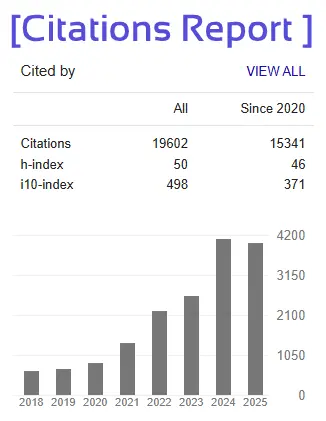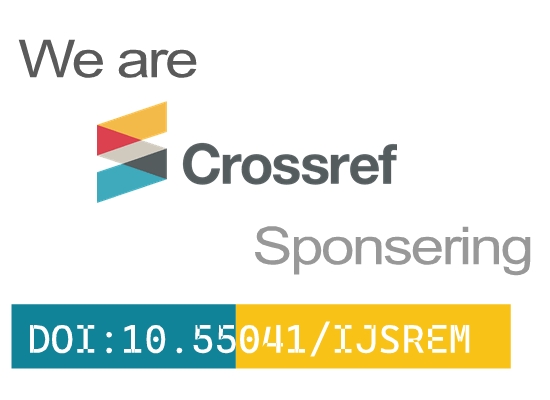Structural Health Monitoring by Application of Different Sensors
KOLLU KANAKA DURGA VARA PRASADA RAO1, M.LAKSHMI DEEPAK2, N.VENKATA NAGA GOPI2
1Professor & HOD, 2UG Student Department of Civil Engineering,
VIKAS COLLEGE OF ENGINEERING&TECHNOLOGY, NUNNA, VIJAYAWADA.
------------------------------------------------------------------***---------------------------------------------------------------------
Abstract— Structural Health Monitoring (SHM) is a rapidly expanding discipline that offers a platform for continuous evaluation of civil engineering structures to assure their safety and serviceability. Based on the information collected from SHM, the structure's service life can be extended by doing the necessary maintenance/repair work, therefore averting failure. As a result, most industrialised nations are boosting their budgets for assessing the status of their important civil infrastructure. SHM quality may be increased by installing a large number of low-cost smart wireless sensors and using their computational and communication capabilities. These smart wireless sensors give critical data that may be used to detect, evaluate, and assess structural damage caused by heavy loads and environmental deteriorations. The data from these smart wireless sensors improves our understanding of the structural system's physical state. Structural health monitoring has employed a variety of sensors, including strain sensors, displacement sensors, acceleration sensors, temperature sensors, fibre optic sensors, and MEMS sensors. Force resisting sensor (FRS), piezoelectric sensor (PZS), micro- electromechanical systems (MEMS) accelerometer sensor, and Flex sensor (FLS) are used in this investigation on an RC beam. The first fracture recorded by several sensors under experimental static loading circumstances is shown, along with a comparative study. MEMS has been proposed for a range of SHM applications based on the findings.
Keywords— Structural health monitoring, RC Beam, Deflection, FRS, PZS, MEMS, FLS







